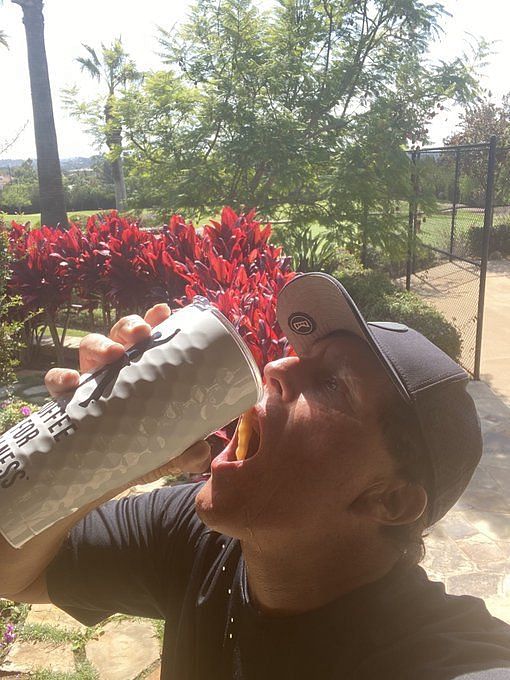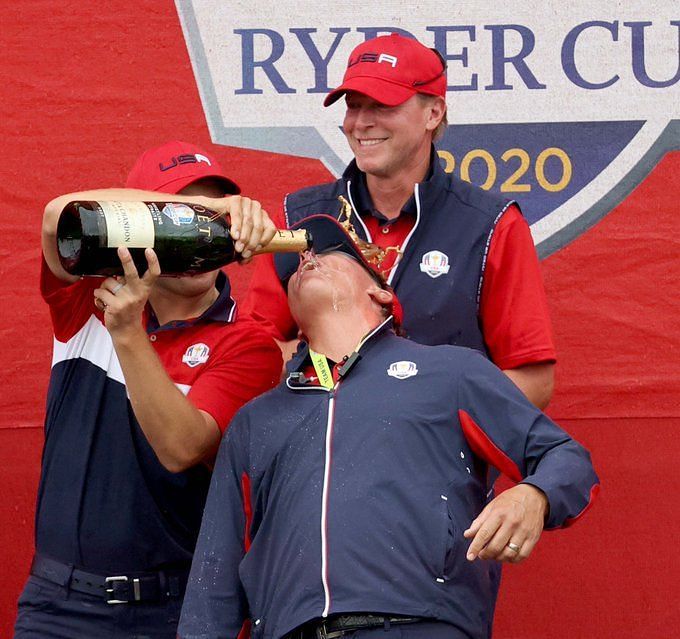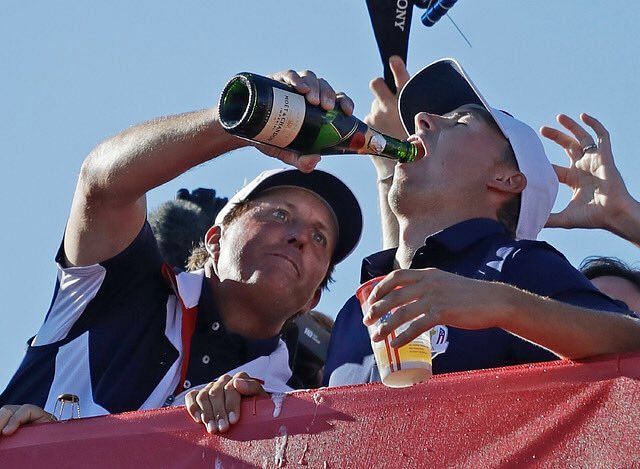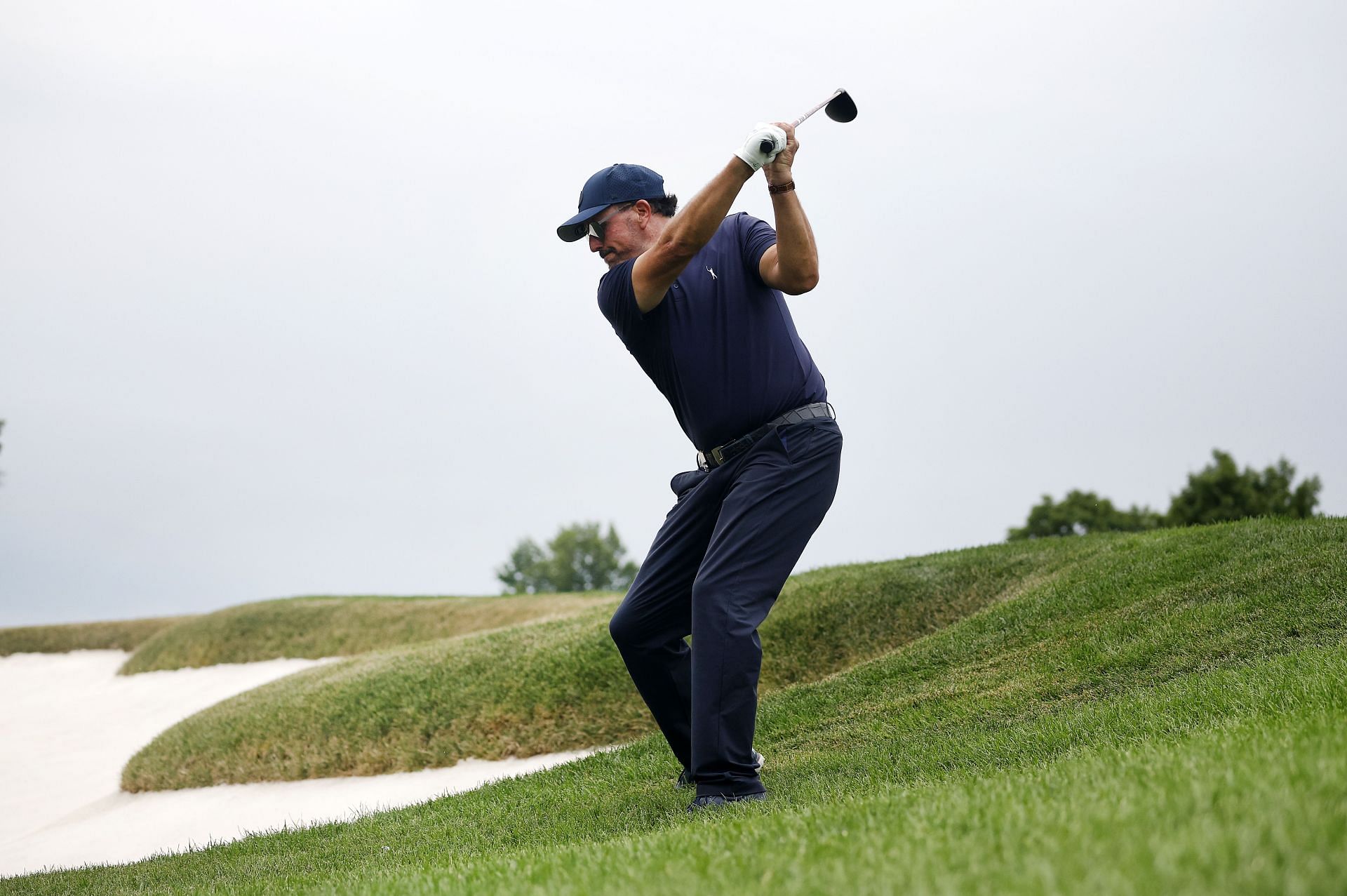
Why does Phil Mickelson fast for 36 hours? Golfer explains psychology behind resetting his body
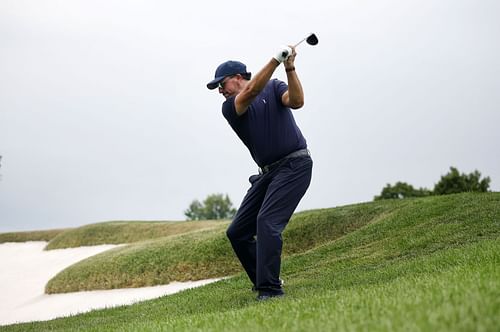
Phil Mickelson, the oldest major winner of all time, is known for his willingness to be constantly challenged, his intensely specific visualizations and his bigger-than-average swing size.
While talking about the six-time major winner, it's impossible not to mention Mickelson’s physical transformation, a sacrifice worth making, indeed.
The 52-year-old's body transformation has taken the internet by storm. Not only is his new look visually appealing but it has also allowed him to maintain remarkable speed while hitting the ball.
Mickelson has proved time and again that golf is even more captivating when challenged. The urge to constantly improve and push his capabilities a little further is a quality that separates the golfer from the rest.
The secret behind Phil Mickelson's remarkable transformation
While the results are self-evident, nothing comes without sacrifice. Phil Mickelson's regular 36-hour fast practice helped reduce inflammation in his body.
While golfers decades younger than Mickelson have succumbed to difficult conditions, the six-time major winner seems largely nonchalant.
Mickelson said he alters his 36-hour, day-and-a-half weekly fast depending on his schedule. Usually, if he’s playing, it’s at the start of the week.
Specifically, Phil structures his eating around periodic fasts. He goes on longer fasts and shorter ones too. Mickelson does three-day fasts every few months as a way of resetting his immune system.
The approach includes a six-day fast, a brief retreat and consumption of nothing but water and a special coffee blend for wellness.
The 52-year-old has been using his practice as a means to lose weight effectively in order to gain ball speed and play more efficiently, and with precision. He told golf.com:
“I’ve got to eat a lot less and I’ve got to eat better. I just can’t eat as much and I have to let my body kind of recover. But it’s also been a blessing for me because I feel better and I don’t have inflammation and I wake up feeling good. It’s been a sacrifice worth making.”
“I worked harder. I work harder physically to be able to practice as long as I wanted to. If I work a little harder, spend a little more time in the gym, eat well, practice hard, there’s no reason why I can’t put it all out there for 18 holes.”
Ahead of the 2020 U.S. Open, Mickelson told ASAPsports:
“I wasn’t educated. I either wasn’t aware or didn’t want to know the things I was putting in my body. I noticed in the pro-ams the last four, five, six holes usually I’m limping home. I have a bunch more energy. Actually eating less has helped me have more energy. I find the more I eat the more lethargic I get.”
Mickelson initially wasn't known for his physique or athleticism. Over time, he realized how his unhealthy lifestyle was taking a toll on him. With his fitness in mind, Mickelson decided to make some changes to his diet and body, an extreme route with the help of doctors, personal trainers and other experts.
